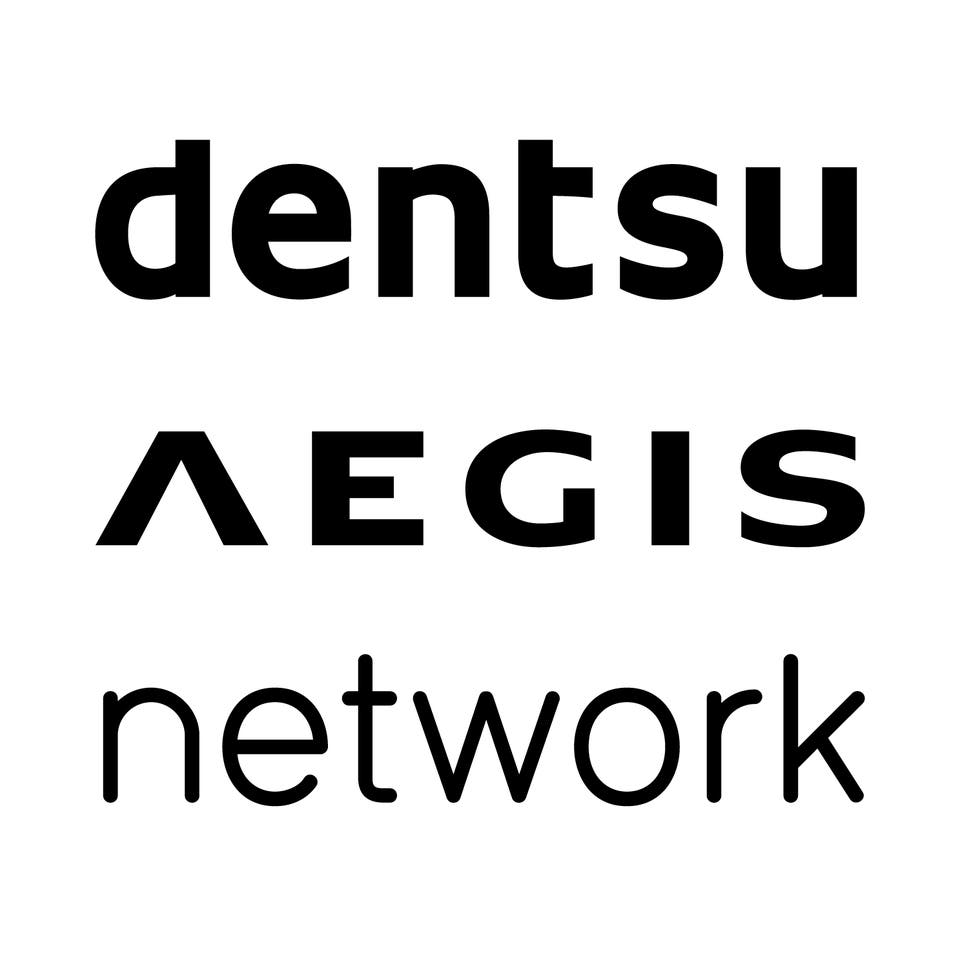Direct-to-consumer (DTC) brands are quickly gaining traction in the market. According to eMarketer, “40% of US internet users expect DTC brands to account for at least 40% of their purchases within the next five years.
To compete with DTC brands, established legacy brands are working hard to capitalize on their digital and new media marketing plays across social media, search, and strategic ad buys.
According to AList, “80 percent of consumer brands believe DTC brands are impacting how they think about marketing.” P&G, for example, is even encouraging its brands to do DTC sales and act more like startups.
How established brands can disrupt with creative like a DTC
In some important ways, there’s a lot to learn from DTC brands about connecting with audiences on new media. That’s because DTCs are born on digital. They tell their unique brand story, which often hinges on authenticity, sustainability, or giving back. They push the envelope in their messaging and the number of assets and stories they tell. They bypass legacy operations and constraints that more established brands often need to navigate.
A big area where established brands can make progress with consumers is with creative for social media and digital. To do this:
Consider where traditional marketing practices are slowing you down: Are there rigid processes, organizational barriers, layers of approval, investments in traditional media, and existing creative partnerships that you can bypass or accelerate? Where can you adopt processes that DTCs use to make marketing operations more agile and flexible.
Be more than just an ad on social: DTC brands know how far a unique story can go. Legacy brands can take a cue here. Tell meaningful, relevant stories with a purpose, in a tone that connects with consumers on social media. Consider the DTC approach of being authentic, giving back, having a purpose, or being more than just an ad.
Build creative specifically for social platforms: While most legacy brands are doing well with audience targeting and data assets, creative can be better built for social platforms. Don’t force fit traditional marketing content, such as TV ads, into new media platforms, such as social, without considering media, context, data, or performance.
Embrace point of view creation for digital media: For example, an established retail brand might shoot a TV ad from one perspective and retool it on social. Instead, an agency like MuteSix might work with a retail DTC to shoot 20 different ways in the perspective of different genders and demographics to create 30-40 types of video assets of different angles, lengths, sizes, and different points of view. That’s an approach that can go further and connect with many different audiences.
Bringing it all together
At iProspect, we’ve been helping traditional brands connect with consumers in the world of new media through our acquisition of MuteSix, a full-funnel digital and creative studio that’s done exceptional work driving results in the new media and disruptor space. With a partner that has the scale of iProspect and the disruptive media abilities of MuteSix, you can succeed. If you’d like to learn more, visit MuteSix.
About Michael Gullaksen: As President, Mike oversees iProspect’s core functions and offerings, including Client Services, Products & Services, Data & Insights and Operations. Mike joined iProspect through the acquisition of Covario where he held the position of CEO. He has built a reputation for creating award-winning digital marketing teams and developing proven digital strategies that drive business growth for Global 1000 clients.

